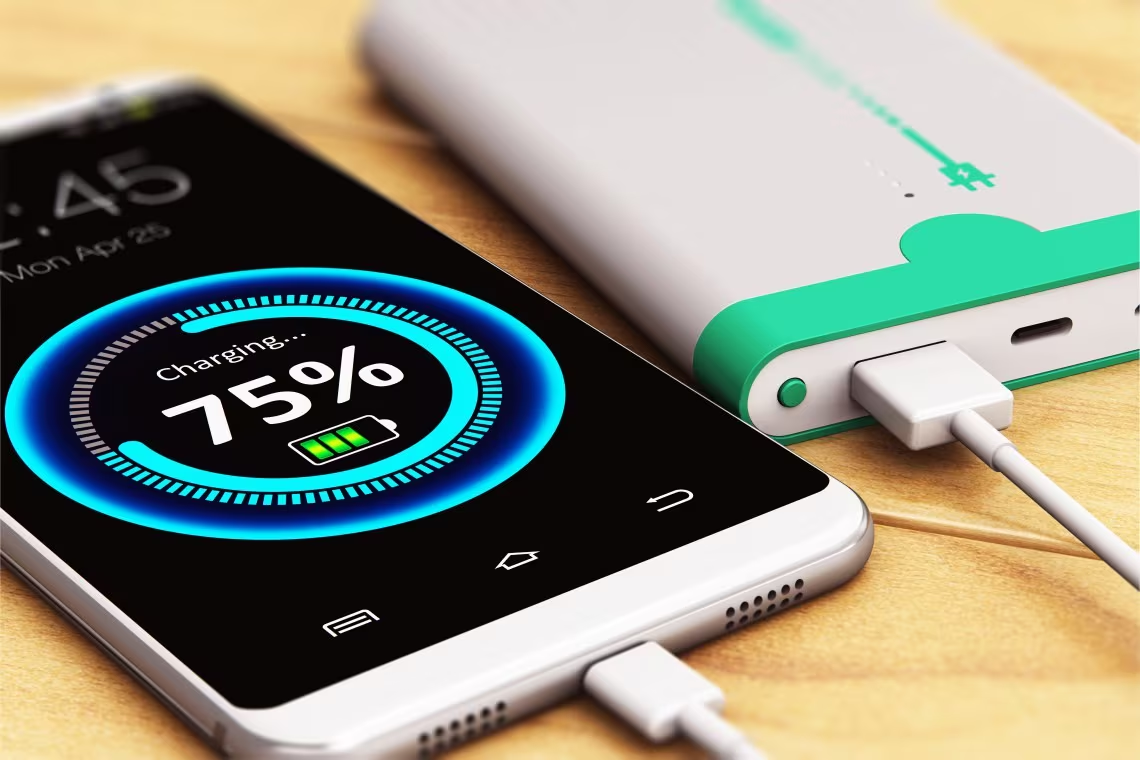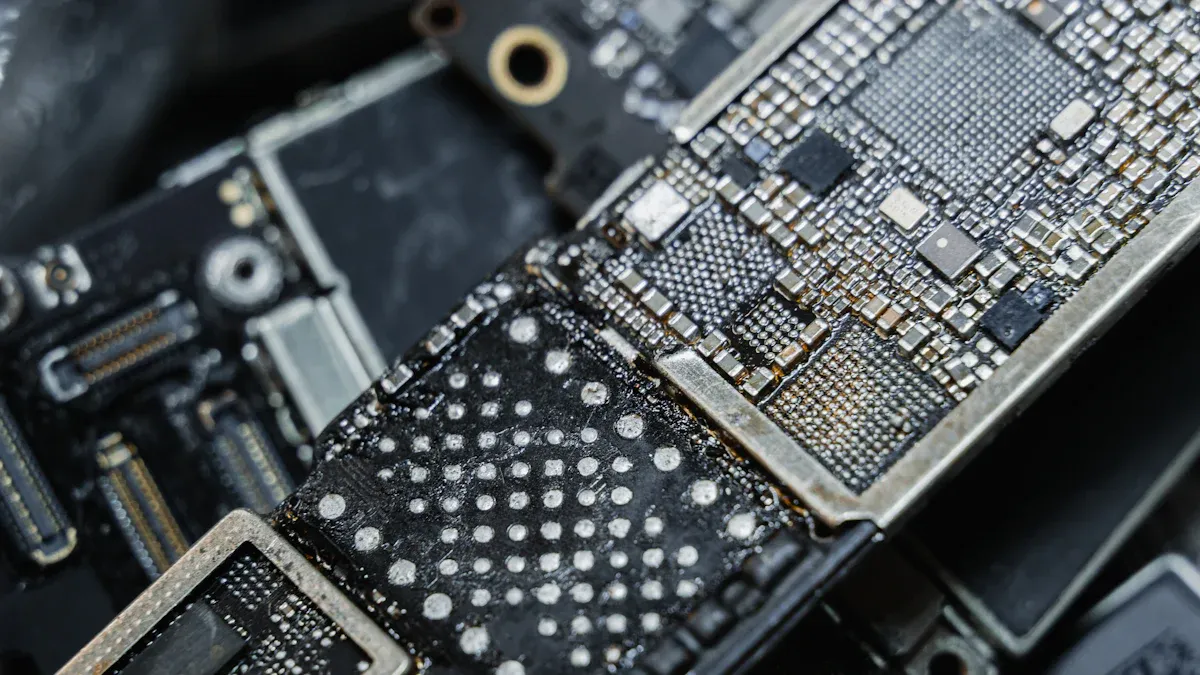How to choose Microsemi power management IC, Microsemi LDMOS transistor, and buy Microsemi timing ICs

Selecting the right Microsemi power management ic or Secure boot semiconductor Microsemi device requires careful attention to technical needs. Engineers must match voltage, current, frequency, and timing requirements to product features for best results. In sectors like aerospace, medical, telecom, and automotive, these parameters ensure reliable performance. The table below shows how technical specifications like frequency stability, power consumption, and control interfaces play a vital role in demanding environments:
Parameter/Aspect | Value/Description |
|---|---|
Nominal frequency | 10 MHz |
Power consumption | ~120 mW |
Frequency stability (Allan deviation) | 3×10⁻¹⁰ at 1 s, improving to 1×10⁻¹¹ at 1000 s |
Phase control interfaces | 1 PPS input (100 ns resolution), analog voltage input, digital serial commands |
Control method | Closed-loop frequency control using GNSS receiver measurements and a time-discrete LQR controller |
Key Takeaways
Match your system’s voltage, current, frequency, and timing needs carefully to the Microsemi component specifications for reliable performance.
Check datasheets thoroughly for protection features, thermal ratings, and interface options to ensure safety and compatibility.
Choose LDMOS transistors based on frequency bands and power requirements to get the best efficiency and ruggedness for your application.
Select timing ICs by balancing power consumption, jitter, and environmental resistance, considering quartz or MEMS oscillators as needed.
Buy Microsemi components from authorized distributors to guarantee genuine parts and access up-to-date stock and technical support.
Microsemi Power Management IC

Power Specs
Engineers start by defining the voltage and current requirements for their systems. The microsemi power management ic offers a wide range of input and output voltages. Designers must check the maximum load current and ensure the IC can handle peak demands. Battery-powered devices need careful attention to battery cutoff thresholds. This prevents deep discharge and extends battery life. IR drop, or voltage loss across traces and connectors, can affect performance. Engineers calculate these drops to select the right IC with enough headroom. In power amplifier applications, selecting an IC with robust current handling ensures stable operation.
System Architecture
System architecture shapes the choice of microsemi power management ic. Some designs need multiple voltage rails for processors, memory, and sensors. The IC must support these rails with accurate regulation. Engineers look for features like sequencing, tracking, and soft-start to protect sensitive components. Microsemi products serve in aerospace, medical, telecom, and automotive systems. Each industry has unique requirements for reliability and safety. For example, aerospace systems demand redundant power paths, while medical devices require low noise and precise control.
Efficiency & Protection
Efficiency remains a top priority in modern electronics. The microsemi power management ic uses advanced topologies to reduce power loss. High efficiency lowers heat generation and improves battery life. Protection features safeguard both the IC and the load. Common protections include overcurrent, overvoltage, thermal shutdown, and short-circuit protection. These features help prevent damage during faults or abnormal conditions. Engineers review these protections to match the needs of their application.
Tip: Always verify the protection features in the datasheet to ensure compatibility with your system’s safety requirements.
Datasheets & Support
Datasheets provide detailed specifications and application guidelines. Engineers should download the latest datasheets from the Microchip website, as Microchip acquired Microsemi. Product lines may update, so checking for the most current part numbers is important. Technical support teams can help with design questions and troubleshooting. Many distributors also offer reference designs and evaluation boards to speed up development.
Resource Type | Where to Find It | Why It Matters |
|---|---|---|
Datasheets | Microchip official site | Specs, pinouts, application |
Reference Designs | Distributor portals | Faster prototyping |
Technical Support | Microchip support center | Design help, troubleshooting |
LDMOS Transistors
Frequency & Power
LDMOS transistors play a key role in systems that need high-frequency and high-power performance. Engineers select these devices for applications in defense, satellite, automotive, and communication industries. Different frequency bands matter for different uses:
L Band (1–2 GHz): Used in satellite communications, GPS, and aviation. Devices in this band need high efficiency and stable operation.
S Band and C Band (2–6 GHz): Important for radar, weather monitoring, and marine communication. These bands require strong power and frequency performance.
X Band and Ku Band (8–18 GHz): Critical for military and satellite communications. Devices must deliver high-frequency performance and withstand tough conditions.
Automotive systems often use medium power transistors for vehicle communication and radar. In defense and satellite fields, engineers demand high power and excellent thermal performance for radar and satellite links. LDMOS transistors also support a wide range of power outputs:
Frequency Range | Typical Applications | Power Output Category |
|---|---|---|
Below 1 GHz | Radio broadcasting, industrial RF heating | Low to Medium |
1–3 GHz | LTE, 5G, base stations | Medium to High |
3–6 GHz | Radar, satellite, defense | High |
Above 6 GHz | mmWave, aerospace | High |
Note: Engineers should match the frequency and power needs of their system to the right LDMOS transistor for best results.
Linearity & Ruggedness
Linearity ensures that signals remain clear and undistorted, which is vital in communication and radar systems. Ruggedness describes how well a transistor can handle voltage spikes and harsh operating conditions. Defense and satellite systems often face extreme environments, so engineers choose devices with proven ruggedness. LDMOS transistors deliver strong linearity, which helps maintain signal quality in power amplifier applications. Their rugged design allows them to survive in demanding roles, such as electronic warfare and advanced radar.
Package & Thermal
The physical package of an LDMOS transistor affects how well it manages heat. Good thermal management prevents overheating and extends device life. Engineers look for packages that support efficient heat dissipation. In high-power systems, thermal pads and advanced materials help move heat away from the transistor. Proper thermal design keeps the device reliable, even during long periods of heavy use. Techniques like impedance matching and biasing optimization also improve performance and efficiency.
Package Feature | Benefit |
|---|---|
Thermal pad | Better heat removal |
Low-inductance lead | Improved high-frequency response |
Compact size | Saves board space |
Tip: Always check the thermal ratings and recommended mounting methods in the datasheet.
Reliability
Reliability stands as a top priority in critical industries. Engineers use advanced tests to check the long-term performance of LDMOS transistors. Traditional burn-in screening finds some issues, but more rigorous tests, such as stressing the device in avalanche breakdown mode, give better results. Devices that pass these tests show little to no degradation or voltage shift, which means they can last longer in the field. This approach helps ensure that the transistors will perform well in defense, satellite, and automotive systems over many years.
LDMOS transistors have become essential in wireless base stations, radar, and broadcasting. The global market for these devices continues to grow, driven by the expansion of 5G networks and the need for reliable communication. Innovations in design and manufacturing keep improving output power and energy efficiency, which supports the goals of modern industry.
Timing ICs
Timing Specs
Selecting the right timing IC starts with understanding the timing requirements of the application. Engineers often choose between quartz crystal and MEMS oscillators. Quartz oscillators provide lower power consumption, faster start-up, and superior phase noise performance. MEMS oscillators offer better shock resistance, higher reliability, and improved temperature stability. The choice depends on whether the application needs ultra-low jitter or must withstand harsh environments.
Parameter | Quartz Crystal Oscillator | MEMS Oscillator |
|---|---|---|
Power Consumption | Lower | Higher |
Start-Up Time | Faster | Slower |
Jitter and Phase Noise | Superior | Slightly higher |
Vibration Sensitivity | More sensitive | Better resistance |
Reliability (MTBF) | Lower | Higher |
Microsemi timing ICs, such as the DS31407, MAX3670, and ZL30143, cover a wide frequency range and support low-jitter operation. These devices enable frequency conversion, synthesis, and synchronization in telecom, networking, and industrial systems.
Timing IC | Frequency Range | Jitter Performance | Key Features | Application Context |
|---|---|---|---|---|
DS31407 | 2 kHz to 750 MHz | Not stated | Flexible I/O clocks, frequency conversion | Frequency synthesis, conversion |
MAX3670 | 155/622 MHz | Low-jitter | PLL, programmable bandwidth, buffers | Clock distribution, synchronization |
ZL30143 | Not specified | High-performance | DPLL, low-jitter clock generation | Network synchronization |
Interface & Compatibility
Engineers must check that the timing IC supports the required input and output interfaces. Some systems need multiple clock domains or support for both analog and digital signals. Compatibility with existing hardware and software ensures smooth integration. Microsemi timing ICs often include programmable features, allowing designers to fine-tune performance for specific protocols or standards.
Tip: Review the datasheet for supported interfaces and configuration options before finalizing the design.
Stock & Distributors
Reliable sourcing is essential for project timelines. Authorized distributors like SiliconExpert, Mouser, and Digi-Key maintain up-to-date inventories of Microsemi timing ICs. These platforms help engineers avoid obsolete parts and ensure timely delivery. Many professionals report that using these distributors saves time and improves supply chain reliability.
Ordering Process
The ordering process for Microsemi timing ICs remains straightforward. Engineers search for the correct part number, check stock availability, and place orders through authorized distributors. Platforms like SiliconExpert streamline this process by providing real-time inventory data and alternate part suggestions. Users often praise these services for reducing the time spent searching and for keeping component databases current, which helps projects stay on schedule.
Engineers can select the right Microsemi components by following a clear process. They define system needs, compare electrical parameters like gate charge and on-state resistance, and review datasheets for each microsemi power management ic or transistor. Sourcing from authorized distributors ensures genuine parts. Matching technical specs to application needs improves efficiency and reliability. Industry-specific requirements may affect choices, so engineers should consult technical support for complex projects.
Tip: Always check compact models and switching loss metrics to optimize performance.
What should engineers check first when selecting a Microsemi power management IC?
Engineers should identify the system’s voltage and current needs. They must review datasheets for maximum ratings and protection features. This step ensures the IC matches the application’s requirements.
How do LDMOS transistors support high-frequency applications?
LDMOS transistors deliver strong performance at high frequencies. They offer high power output and excellent linearity. These features make them ideal for use in communication, radar, and satellite systems.
Where can buyers find genuine Microsemi timing ICs?
Buyers should use authorized distributors like Mouser, Digi-Key, or SiliconExpert. These sources provide up-to-date inventory and guarantee authentic parts.
What documents help with Microsemi component selection?
Document Type | Purpose |
|---|---|
Datasheet | Technical specs and pinouts |
Reference Design | Example circuits and layouts |
Application Note | Usage tips and best practices |
These documents guide engineers through the selection and design process.
See Also
Why M30280FAHP Is Trusted For Medical Integrated Circuits
Three Best Methods To Integrate MC9S12XET512VAG Effectively
Unlock Power Efficiency Using The LPQ252-CEF Component
Enhancing Automotive Performance With MC9S12XEP100 And MC9S12XS128
CALL US DIRECTLY
(+86)755-82724686
RM2508,BlockA,JiaheHuaqiangBuilding,ShenNanMiddleRd,Futian District,Shenzhen,518031,CN
www.keepboomingtech.com sales@keepboomingtech.com
